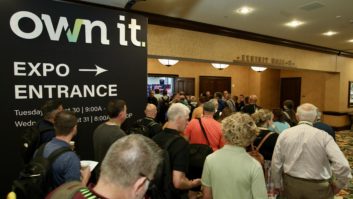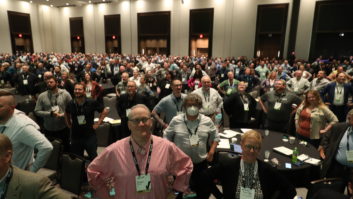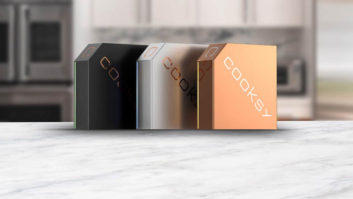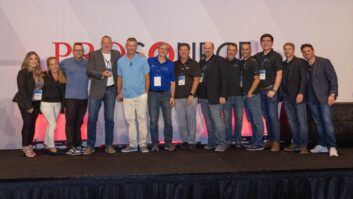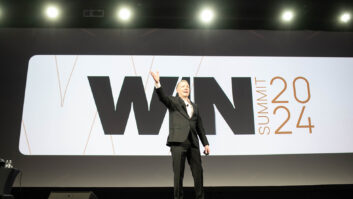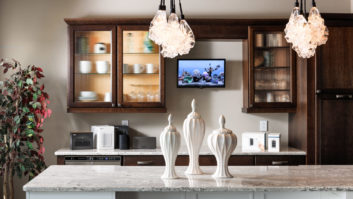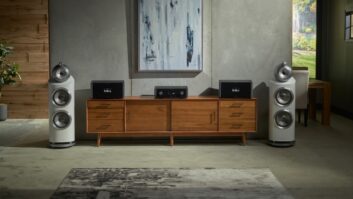 Mutual cooperation and pooling of resources are always the recommended courses of action when disaster strikes. For example, during the Covid pandemic, the mutual cooperation and pooling of resources offered by buying groups not only helped many of its member consumer tech retailers and dealers survive, but gave them a new appreciation for their membership.
Mutual cooperation and pooling of resources are always the recommended courses of action when disaster strikes. For example, during the Covid pandemic, the mutual cooperation and pooling of resources offered by buying groups not only helped many of its member consumer tech retailers and dealers survive, but gave them a new appreciation for their membership.
“The relationships forged in the group provided a great sounding board with others who were experiencing the same difficulties,” relates John Palser, founder and principal of Denizen, a three-location custom integrator headquartered in Omaha, Nebraska, and an HSTA member. “Bouncing ideas off each other, from how to navigate some of the government programs to HR challenges, was certainly helpful.”
“Thanks in part to the idea sharing among members, we were able to safely sell and deliver to customers at a critical time,” echoes Jason Horst, director of marketing, Famous Tate Appliance & Bedding Centers, Tampa, Florida. “In particular, our buying group, [AVB] BrandSource, urged dealers to add live chat support to their websites, which provided another way for customers to safely and conveniently shop for their replacement appliances, and that wasn’t a service that many dealers were putting resources into at the time.”
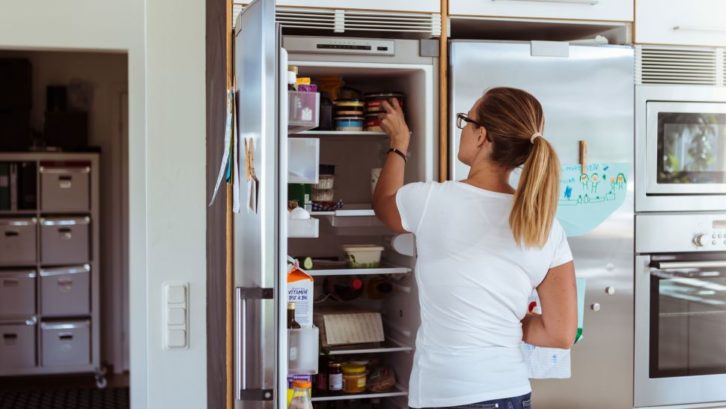
How Buying Groups Members Fared During Covid
To both their members and to buying groups themselves, not only surviving but often thriving despite the pandemic are evidence of the ongoing value and success of these mutually beneficial cooperative organizations.
For instance, BrandSource, a network of more than 5,000 dealers, recently reported that 2021 represented its fifth consecutive year of record growth with high double-digit sales, rising to No. 3 in appliance share behind Lowe’s and Home Depot, with home furnishings volume twice that of appliances, and aiming for the top five in consumer electronics. “No one could have predicted quarantines and government mandated store closures,” says Tom Bennett, president of BrandSource, “but when the great digital migration hit, BrandSource was ready.”
“Having navigated the past two years alongside our members, we’ve been able to fundamentally prove just how nimble and adaptable this channel is to some rather extraneous circumstances,” Patrick Maloney, EVP of membership at the 5,500-member Nationwide Marketing Group, similarly related. “Retailers were forced to change their business models overnight, and they not only continued to operate, but actually thrived during one of the most challenging times in our industry’s history. Innovations in the way independent retailers do business happened almost overnight.”
HTSN (Home Technology Specialists Nationwide), a custom integrator buying group network under the Nationwide umbrella, last year reported that nearly 57% of its members saw their businesses rise during the previous 18 months and another 36% reported that business had been on par with pre-pandemic times, compared to less than 7% of HTSN’s membership that said business had shrunk. “We’re in constant contact with our dealers, talking to them about business, how things are going and where we can offer more support,” says HTSN Director Hank Alexander.
Azione Unlimited, a network of 250 custom integrators and manufacturers that joined Nationwide last October, also boasted that “business continues to be very brisk,” according to the group’s president and CCO, Richard Glikes. “Last year, the group was up 41%, and we are tracking to be [up] 27% this year.”
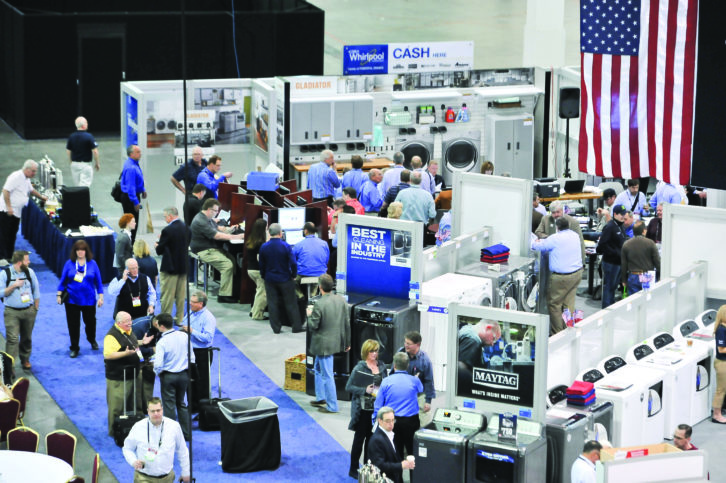 More Services to More Dealers
More Services to More Dealers
Over the last few years, buying groups have placed increasing emphasis on the operational services they provide, services that smaller operations couldn’t afford by themselves.
“The best buying groups in the modern era do provide terrific product purchasing benefits, but it is not the sole reason they exist,” asserts Jon Robbins, executive director of specialty retailer and custom installer buying group HTSA (Home Technology Specialists of America). “Top buying groups are driven by broader objectives, such as partnering with the integration companies and retailers and holistically enhancing every aspect of their business. In fact, at HTSA years ago, we changed our group description from ‘buying group’ to ‘industry trade consortium,’ as we provide turnkey, ongoing services and resources far beyond purchasing power alone… [Our] members are maturing every year in every aspect of their businesses, and all the while learning about what’s next.”
“The ‘perks’ of the buying group are the services that support the members’ businesses,” agrees Jim Pearse, president of ProSource, a 600-plus custom integrator and specialty retailer group with annual sales of more than $6 billion. In addition to purchasing power, ProSource provides a plethora of operations services, education, and training including business management, selling, installation, and product training education, hands-on training, marketing, and HR services and a recruiting service.
Just as smaller individual retailers or dealers can’t afford these advanced services, neither could smaller buying groups originally predicated merely on increased purchasing power. As a result, a certain amount of buying group consolidation has taken place over the last few years, such as Azione joining Nationwide. Affiliation with a larger buying group has allowed smaller, specialized buying groups to offer their members these added larger-scale operational benefits yet also remain independent and able to address the particular needs of their unique memberships.
“What really gets me jazzed about this merger is the size, strength and vitality of our combined organization – and the potential that it creates for our dealers moving forward,” confirms Azione’s Glikes. “I’m thrilled that our dealers now have access to a suite of tools and programs that’s unmatched in this industry.”
These advanced buying group services, along with the group camaraderie available only virtually during the pandemic but now returning at newly revived in-person buying group conferences, not only helped buying group members maintain their businesses but also prepare them to face the always uncertain future.
“Right now, the biggest challenge facing all retailers and manufacturers is getting the supply chain back in sync, so we don’t go from too little inventory to too much,” opines BrandSource’s Bennett. “Fortunately, consumers have continued to show their resilience in the face of high inflation, and demand for our product categories remains strong. That said, no one knows what the future will bring, but after successfully navigating the pandemic and the Great Recession before that, I think we’re up to any challenge.”
See also: 5 Outdoor Living Trends That Will Drive Consumer Spending This Summer




